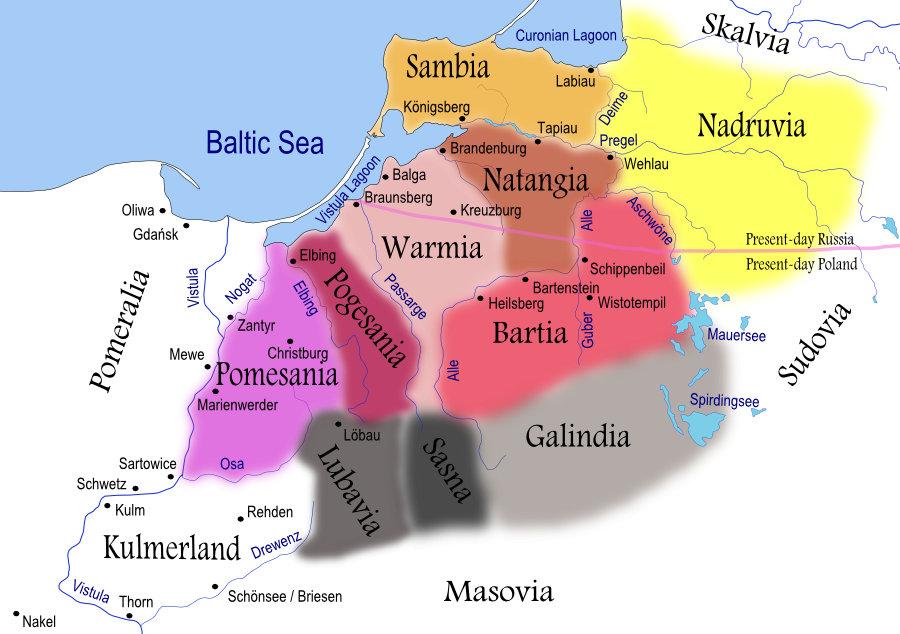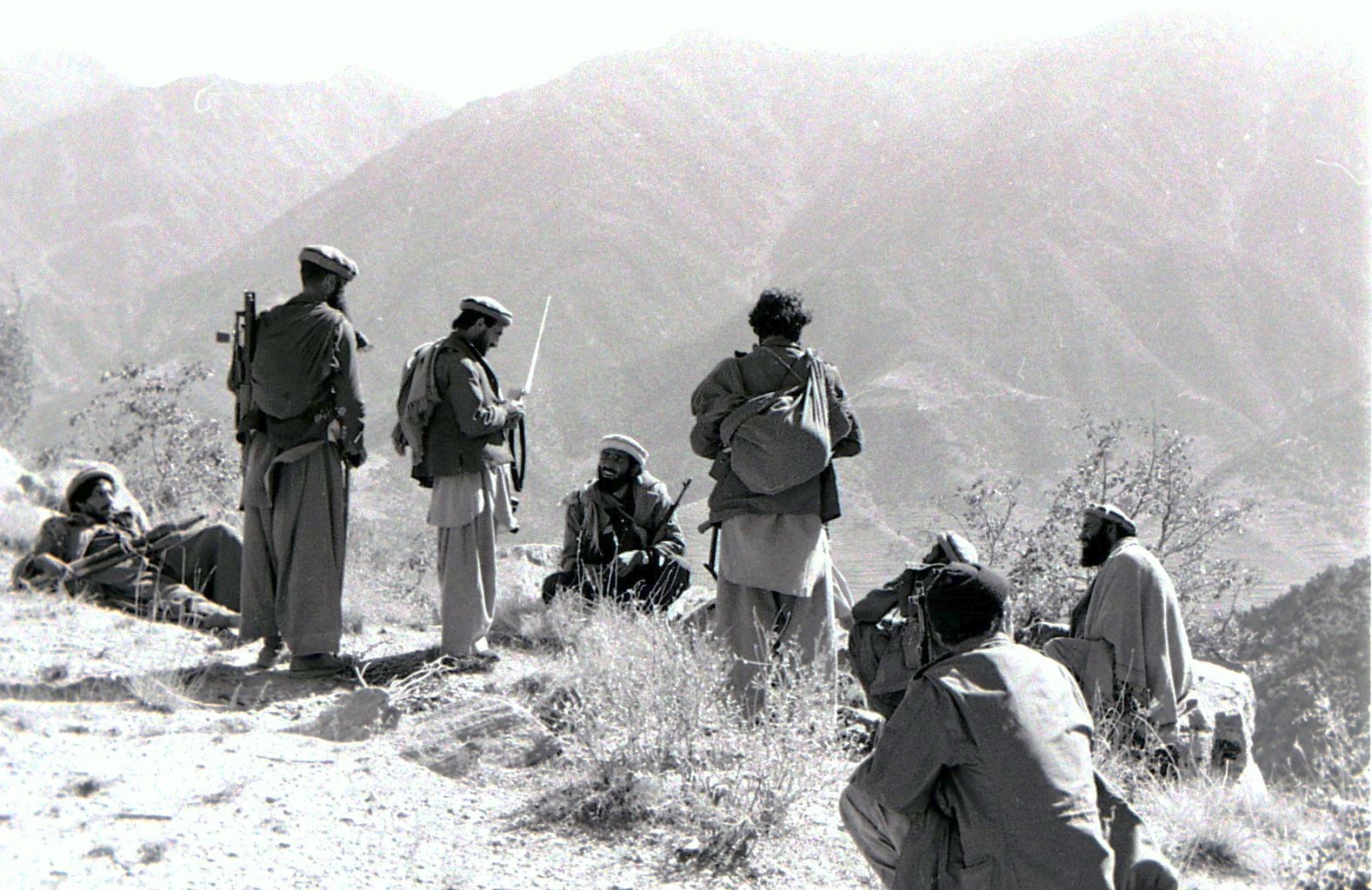|
Sergei Skripal
Sergei Viktorovich Skripal ( rus, Серге́й Ви́кторович Скрипáль, p=sʲɪrˈɡʲej ˈvʲiktərəvʲɪtɕ skrʲɪˈpalʲ; born 23 June 1951) is a former Russian military intelligence officer who acted as a double agent for the UK's intelligence services during the 1990s and early 2000s. In December 2004, he was arrested by Russia's Federal Security Service (FSB) and later tried, convicted of high treason, and sentenced to 13 years in prison. He settled in the UK in 2010 following the Illegals Programme spy swap. He holds both Russian and British citizenship. On 4 March 2018, he and his daughter Yulia, a Russian citizen who was visiting him from Moscow, were poisoned with a Russian-developed Novichok nerve agent, and were admitted to Salisbury District Hospital in a critical condition. The poisoning was investigated by the British intelligence service as an attempted murder. On 29 March, Yulia was reported to be out of critical condition, and was ... [...More Info...] [...Related Items...] OR: [Wikipedia] [Google] [Baidu] |
Kaliningrad Oblast
Kaliningrad Oblast (russian: Калинингра́дская о́бласть, translit=Kaliningradskaya oblast') is the westernmost federal subject of Russia. It is a semi-exclave situated on the Baltic Sea. The largest city and administrative centre of the province ( oblast) is the city of Kaliningrad, formerly known as Königsberg. The port city of Baltiysk is Russia's only port on the Baltic Sea that remains ice-free in winter. Kaliningrad Oblast had a population of roughly 1 million in the Russian Census of 2010. The oblast is bordered by Poland to the south, Lithuania to the north and east and the Baltic Sea to the north-west. The territory was formerly the northern part of the Prussian province of East Prussia; the remaining southern part of the province is today part of the Warmian-Masurian Voivodeship in Poland. With the defeat of Nazi Germany in World War II, the territory was annexed to the Russian SFSR by the Soviet Union. Following the post-w ... [...More Info...] [...Related Items...] OR: [Wikipedia] [Google] [Baidu] |
Kaliningrad
Kaliningrad ( ; rus, Калининград, p=kəlʲɪnʲɪnˈɡrat, links=y), until 1946 known as Königsberg (; rus, Кёнигсберг, Kyonigsberg, ˈkʲɵnʲɪɡzbɛrk; rus, Короле́вец, Korolevets), is the largest city and administrative centre of Kaliningrad Oblast, a Russian semi-exclave between Lithuania and Poland. The city sits about west from mainland Russia. The city is situated on the Pregolya River, at the head of the Vistula Lagoon on the Baltic Sea, and is the only ice-free port of Russia and the Baltic states on the Baltic Sea. Its population in 2020 was 489,359, with up to 800,000 residents in the urban agglomeration. Kaliningrad is the second-largest city in the Northwestern Federal District, after Saint Petersburg, the third-largest city in the Baltic region, and the seventh-largest city on the Baltic Sea. The settlement of modern-day Kaliningrad was founded in 1255 on the site of the ancient Old Prussian settlement ''Twangste'' by th ... [...More Info...] [...Related Items...] OR: [Wikipedia] [Google] [Baidu] |
Military Intelligence
Military intelligence is a military discipline that uses information collection and analysis approaches to provide guidance and direction to assist commanders in their decisions. This aim is achieved by providing an assessment of data from a range of sources, directed towards the commanders' mission requirements or responding to questions as part of operational or campaign planning. To provide an analysis, the commander's information requirements are first identified, which are then incorporated into intelligence collection, analysis, and dissemination. Areas of study may include the operational environment, hostile, friendly and neutral forces, the civilian population in an area of combat operations, and other broader areas of interest. Intelligence activities are conducted at all levels, from tactical to strategic, in peacetime, the period of transition to war, and during a war itself. Most governments maintain a military intelligence capability to provide analytical and ... [...More Info...] [...Related Items...] OR: [Wikipedia] [Google] [Baidu] |
Boris Gromov
Boris Vsevolodovich Gromov (russian: Бори́с Все́володович Гро́мов; born 7 November 1943) is a prominent Russian military and political figure. From 2000 to 2012, he was the Governor of Moscow Oblast. Biography Born 7 November 1943 in Saratov, Russian SFSR, Soviet Union, he graduated from a Suvorov military cadet school, the Leningrad Military Commanders School and later from the Frunze Military Academy in Moscow, as well as the General Staff Academy. During the Soviet–Afghan War, Gromov did three tours of duty (1980–1982, 1985–1986, 1987–1989), and was best known for the two years as the last Commander of the 40th Army in Afghanistan. Gromov was the last Soviet soldier to leave Afghanistan, crossing on foot the Friendship Bridge spanning the Amu-Daria river on 15 February 1989, the day the Soviet pullout from Afghanistan was completed. He received the highest military award – the golden star of the Hero of the Soviet Union after Opera ... [...More Info...] [...Related Items...] OR: [Wikipedia] [Google] [Baidu] |
Soviet–Afghan War
The Soviet–Afghan War was a protracted armed conflict fought in the Democratic Republic of Afghanistan from 1979 to 1989. It saw extensive fighting between the Soviet Union and the Afghan mujahideen (alongside smaller groups of anti-Soviet Maoism, Maoists) after the former militarily intervened in, or launched an invasion of, Afghanistan to support the local pro-Soviet government that had been installed during Operation Storm-333. Most combat operations against the mujahideen took place in the Afghan countryside, as the country's urbanized areas were entirely under Soviet control. While the mujahideen were backed by various countries and organizations, the majority of their support came from Pakistan, Saudi Arabia, the United States, the United Kingdom, China, and Iran; the American pro-mujahideen stance coincided with a sharp increase in bilateral hostilities with the Soviets during the Cold War (1979–1985), Cold War. The conflict led to the deaths of between 562,000 and ... [...More Info...] [...Related Items...] OR: [Wikipedia] [Google] [Baidu] |
Afghanistan
Afghanistan, officially the Islamic Emirate of Afghanistan,; prs, امارت اسلامی افغانستان is a landlocked country located at the crossroads of Central Asia and South Asia. Referred to as the Heart of Asia, it is bordered by Pakistan to the east and south, Iran to the west, Turkmenistan to the northwest, Uzbekistan to the north, Tajikistan to the northeast, and China to the northeast and east. Occupying of land, the country is predominantly mountainous with plains in the north and the southwest, which are separated by the Hindu Kush mountain range. , its population is 40.2 million (officially estimated to be 32.9 million), composed mostly of ethnic Pashtuns, Tajiks, Hazaras, and Uzbeks. Kabul is the country's largest city and serves as its capital. Human habitation in Afghanistan dates back to the Middle Paleolithic era, and the country's Geostrategy, strategic location along the historic Silk Road has led it to being described, pict ... [...More Info...] [...Related Items...] OR: [Wikipedia] [Google] [Baidu] |
Russian Airborne Troops
The Russian Airborne Forces (russian: Воздушно-десантные войска России, ВДВ, Vozdushno-desantnye voyska Rossii, VDV) are the airborne forces branch of the Russian Armed Forces. It was formed in 1992 from units of the Soviet Airborne Forces that came under Russian control following the dissolution of the Soviet Union. Troops of the Russian Airborne Forces have traditionally worn a blue beret and blue-striped '' telnyashka'' undershirt and are called ''desant'' (Russian: Десант) from the French ''Descente''. The Russian Airborne Forces utilizes a range of specialist airborne warfare vehicles and are fully mechanized. They traditionally have a larger complement of heavy weaponry than most contemporary airborne forces. History With the demise of the Soviet Union, the number of VDV divisions shrank from seven to four, as well as four brigades and the brigade-sized training center. In October 2013, Shamanov announced that a new air assaul ... [...More Info...] [...Related Items...] OR: [Wikipedia] [Google] [Baidu] |
Paratrooper
A paratrooper is a military parachutist—someone trained to parachute into a military operation, and usually functioning as part of an airborne force. Military parachutists (troops) and parachutes were first used on a large scale during World War II for troop distribution and transportation. Paratroopers are often used in surprise attacks, to seize strategic objectives such as airfields or bridges. Overview Paratroopers jump out of airplanes and use parachutes to land safely on the ground. This is one of the three types of "forced entry" strategic techniques for entering a theater of war; the other two being by land and by water. Their tactical advantage of entering the battlefield from the air is that they can attack areas not directly accessible by other transport. The ability of air assault to enter the battlefield from any location allows paratroopers to evade emplaced fortifications that guard from attack from a specific direction. The possible use of paratroo ... [...More Info...] [...Related Items...] OR: [Wikipedia] [Google] [Baidu] |
Sapper
A sapper, also called a pioneer or combat engineer, is a combatant or soldier who performs a variety of military engineering duties, such as breaching fortifications, demolitions, bridge-building, laying or clearing minefields, preparing field defenses, and road and airfield construction and repair. They are also trained and equipped to serve as provisional infantry, fighting as such as a secondary mission. A sapper's duties facilitate and support movement, defense, and survival of allied forces and impede those of enemies. The term "sapper" is used in the British Army and Commonwealth nations and the U.S. military. The word "sapper" comes from the French word ''sapeur'', itself being derived from the verb ''saper'' (to undermine, to dig under a wall or building to cause its collapse). Historical origin Sapping A sapper, in the sense first used by the French military, was one who dug trenches to allow besieging forces to advance towards the enemy defensive works and fort ... [...More Info...] [...Related Items...] OR: [Wikipedia] [Google] [Baidu] |
Military Engineer
Military engineering is loosely defined as the art, science, and practice of designing and building military works and maintaining lines of military transport and military communications. Military engineers are also responsible for logistics behind military tactics. Modern military engineering differs from civil engineering. In the 20th and 21st centuries, military engineering also includes other engineering disciplines such as mechanical and electrical engineering techniques. According to NATO, "military engineering is that engineer activity undertaken, regardless of component or service, to shape the physical operating environment. Military engineering incorporates support to maneuver and to the force as a whole, including military engineering functions such as engineer support to force protection, counter-improvised explosive devices, environmental protection, engineer intelligence and military search. Military engineering does not encompass the activities undertaken by tho ... [...More Info...] [...Related Items...] OR: [Wikipedia] [Google] [Baidu] |

_(cropped).jpg)




